Cutting Back A Plane Tree: How To Prune A London Plane Tree
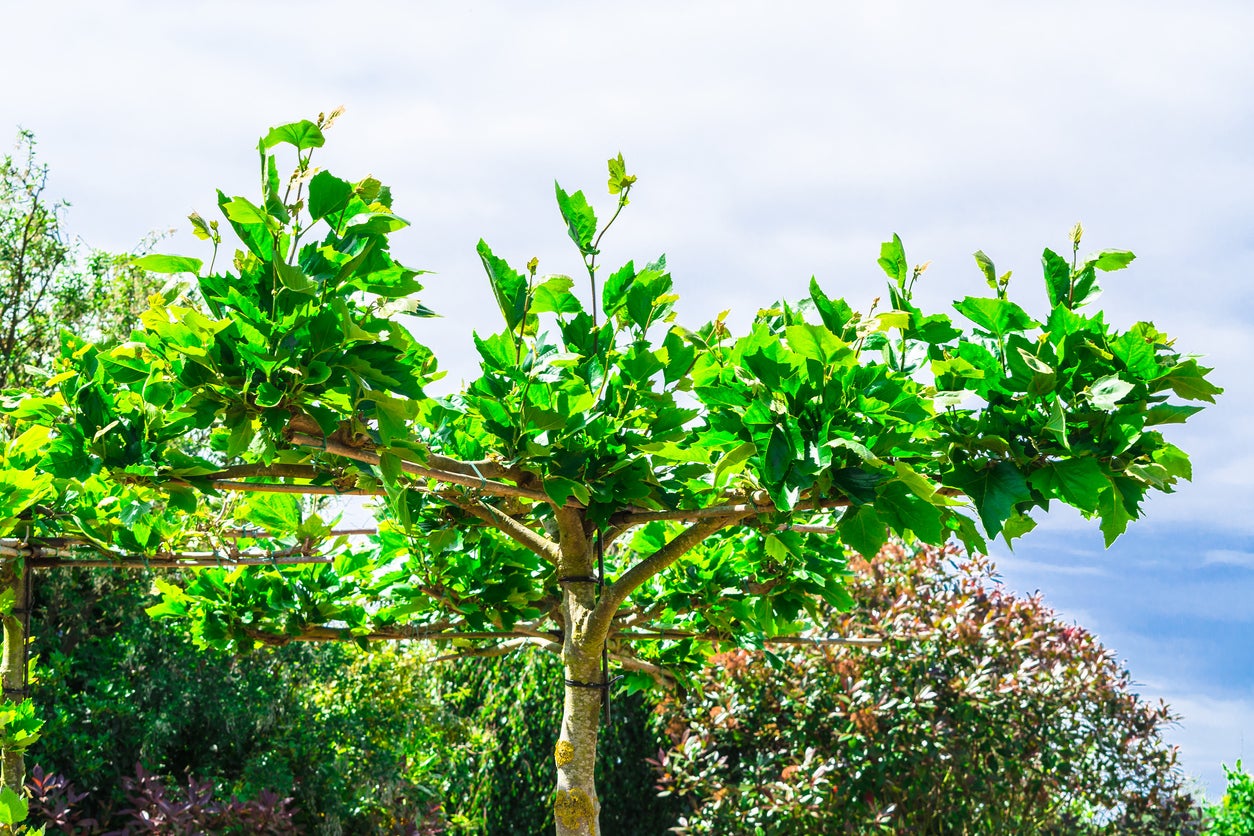

Timing of pruning is a crucial detail when cutting back a plane tree. Knowing when to prune plane trees as well as how can impact the plant's health. Clean implements and sharp blades help prevent disease and insect intrusion. Some tips on London plane tree trimming will help you keep your stately plant in shape.
Pollarding a London Plane Tree
In some areas, London plane trees are on every boulevard. This is due to their rapid growth, relative resistance to disease, and hardy constitution. Plane tree pruning is useful to control that growth, remove dead or diseased material, and promote a strong form. The plants are very tolerant of pruning and can be trained to a variety of forms, but each form requires a different timing for cutting back a plane tree. Pollarding is an ancient practice. It seeks to remove the new shoots to promote the growth of the main stems and prevent smaller woody material. The effect is quite dramatic. To achieve it, prune a London plane tree in late fall or early winter. Use well-honed blades that are sanitized and make cuts above the old growth. Take out all the young, tip end new season's growth. The gnarled, burled old stems produce an interesting form. This type of pruning will need to be done annually to preserve the shape. At the same time, remove any damaged larger stems.
Making a Canopy Out of Plane Trees
A canopy form is an elegant, fun shape that plane trees respond to easily. For this type of plane tree pruning, you will first trim the tree when young in spring to promote a tall trunk. Remove the lowest side branches. Do this gradually over several seasons. This type of London plane tree trimming requires a saw. Make cuts first part way through on the underside and then finish on the top of the stem to prevent tearing. Cut just outside of the branch collar to prevent damaging that important scar. Some experts suggest treating the cut with sealant to prevent insect and fungal infections. Follow up with trimming in autumn just as the leaves are falling. This allows you to see the form and train the canopy.
Young Tree Training
Juvenile trees should be cut in early fall. This is usually before leaves have started dropping and will allow you to see the form you are trying to create. Most young trees need both loppers and a saw to make cuts. Avoid vigorous, overly aggressive cuts as you train young trees. They will need careful management for the first three to four years to develop a straight, thick main stem and upright, strong branches. The general rule for pruning is to remove no more than one third of the plant material in one year. To do this can sacrifice the health of the tree. Plane trees are, however, very forgiving of heavy pruning at almost any time of the year.
Gardening tips, videos, info and more delivered right to your inbox!
Sign up for the Gardening Know How newsletter today and receive a free copy of our e-book "How to Grow Delicious Tomatoes".

Bonnie Grant is a professional landscaper with a Certification in Urban Gardening. She has been gardening and writing for 15 years. A former professional chef, she has a passion for edible landscaping.
-
 10 Common Composting Problems That Can Spoil Your Garden Gold – Plus Easy Fixes
10 Common Composting Problems That Can Spoil Your Garden Gold – Plus Easy FixesLearn how to troubleshoot common composting issues before they ruin your stash – from bad smells and bugs to materials not breaking down as they should.
By Susan Albert
-
 Terrifically Tubular Flowers For Hummingbirds: 9 Tube-Flowered Plants To Attract Hummers
Terrifically Tubular Flowers For Hummingbirds: 9 Tube-Flowered Plants To Attract HummersGrowing tubular flowers for hummingbirds helps you create the optimum feeding conditions for your winged friends. Here are nine tubed delights for hummers
By Tonya Barnett
-
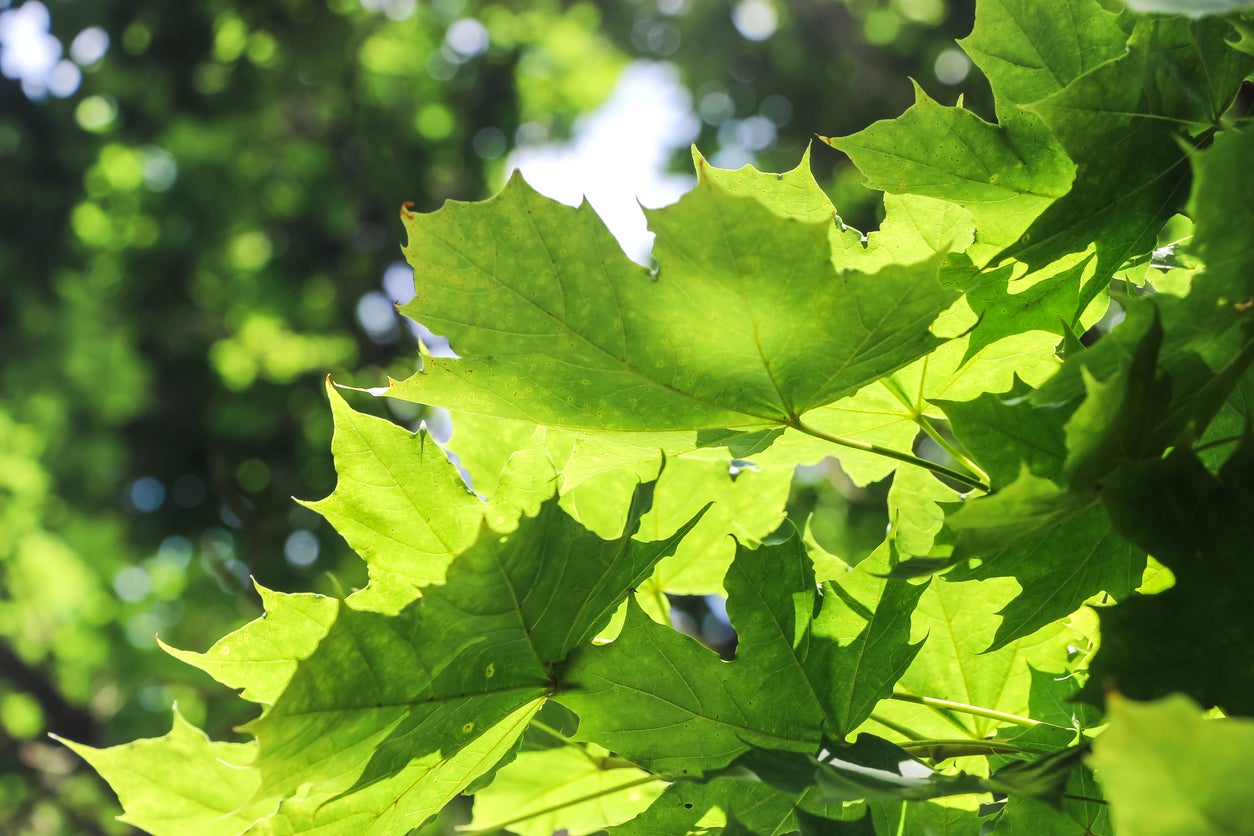 Plane Tree Varieties – Learn About Different Kinds Of Plane Tree
Plane Tree Varieties – Learn About Different Kinds Of Plane TreeWhat comes to mind when you think of a plane tree? The purpose of this article is to clear up the differences among the many types of plane tree. Click here to learn more about the different plane tree varieties you might come across.
By Liz Baessler
-
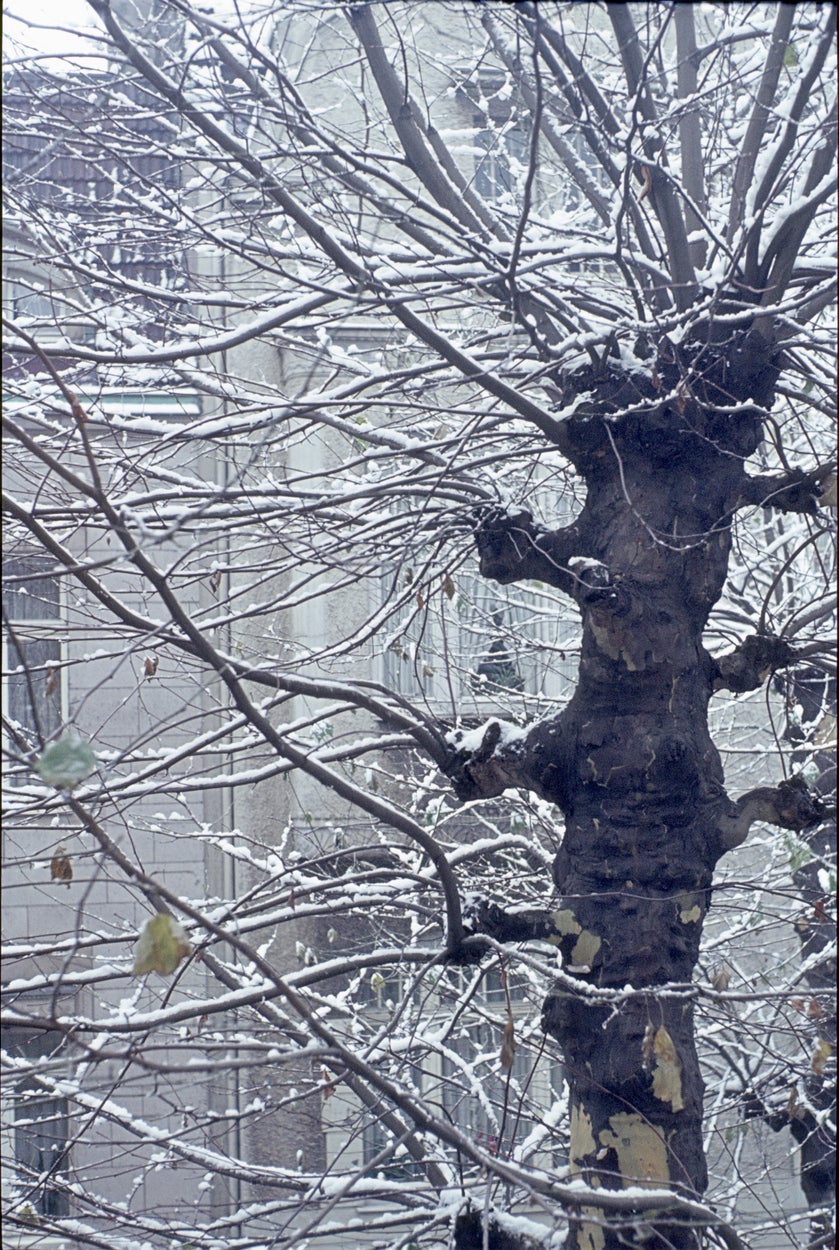 Plane Tree Winter Care – How To Prevent Plane Tree Winter Damage
Plane Tree Winter Care – How To Prevent Plane Tree Winter DamageFrost cracks on plane trees are the most dangerous signs of cold damage. However, most winter plane tree problems are superficial and the tree will heal itself over time. Learn when to worry and when to wait on plane tree winter damage in this article.
By Bonnie L. Grant
-
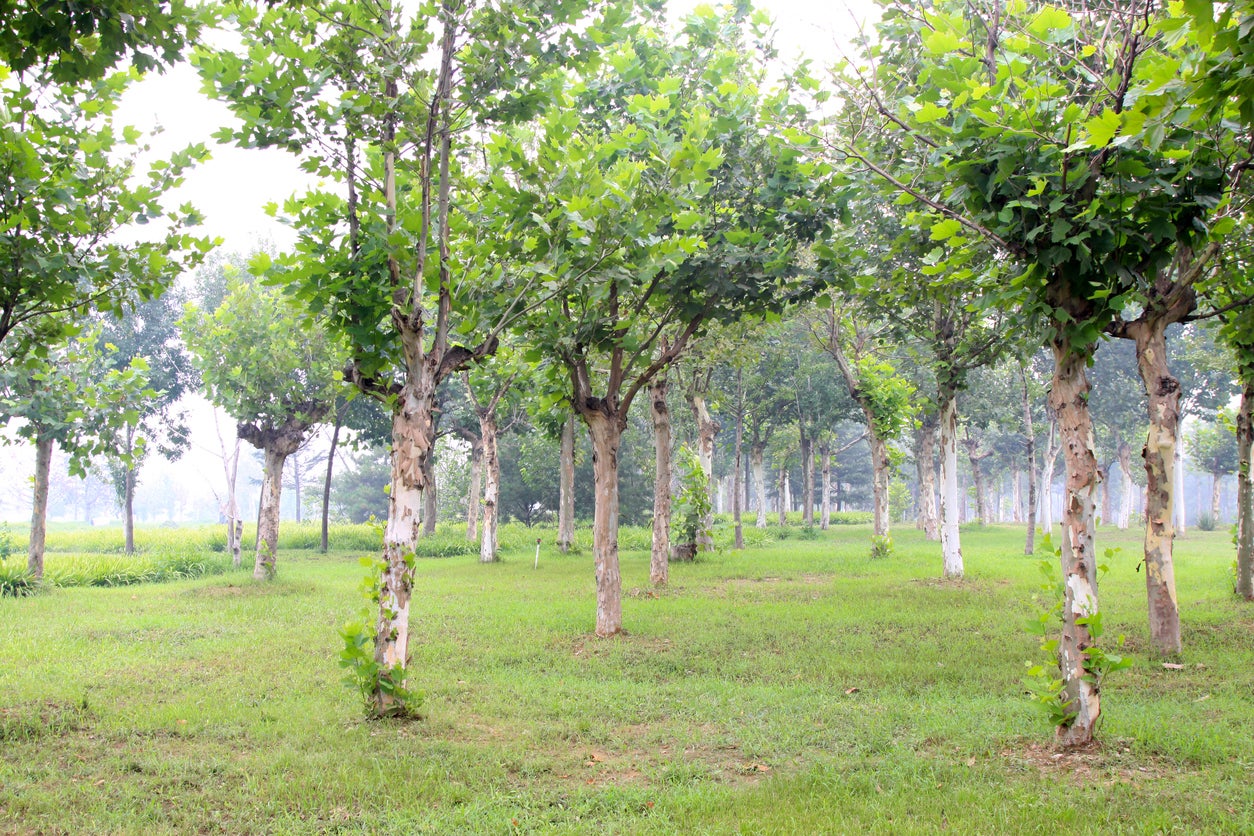 Oriental Plane Tree Info: Learn About Oriental Plane Trees
Oriental Plane Tree Info: Learn About Oriental Plane TreesWhat is an oriental plane tree? It is a deciduous tree species that can be an attractive shade tree in the backyard. If you want to know more about oriental plane trees, click here. You’ll find lots of oriental plane tree info plus tips on growing an oriental plane tree of your own.
By Teo Spengler
-
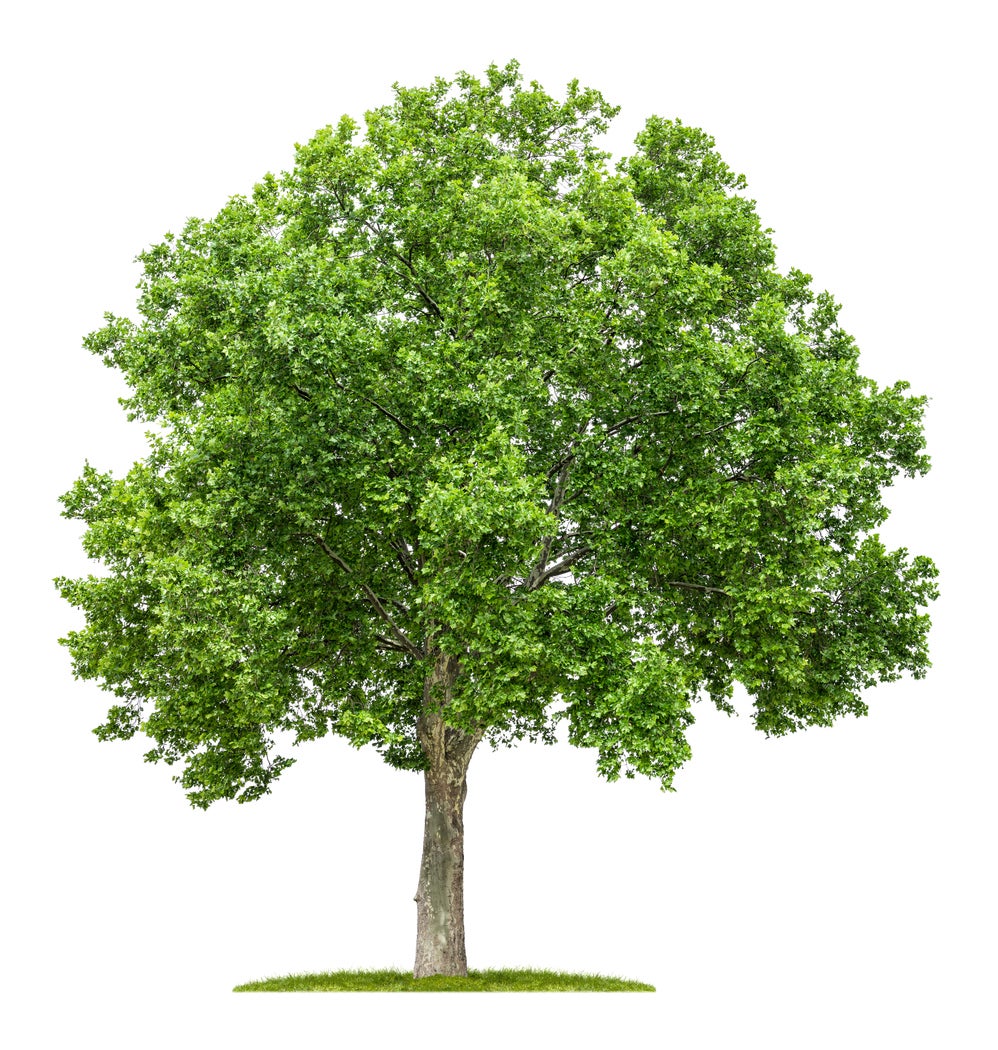 Plane Tree Benefits – What Can Plane Trees Be Used For
Plane Tree Benefits – What Can Plane Trees Be Used ForThe big, leafy plane tree graces streets in some of the busiest cities around the world. This versatile tree has adapted to survive pollution, grit and punishing wind, living on to provide welcome beauty and shade for many years. Find more plane tree benefits here.
By Mary H. Dyer
-
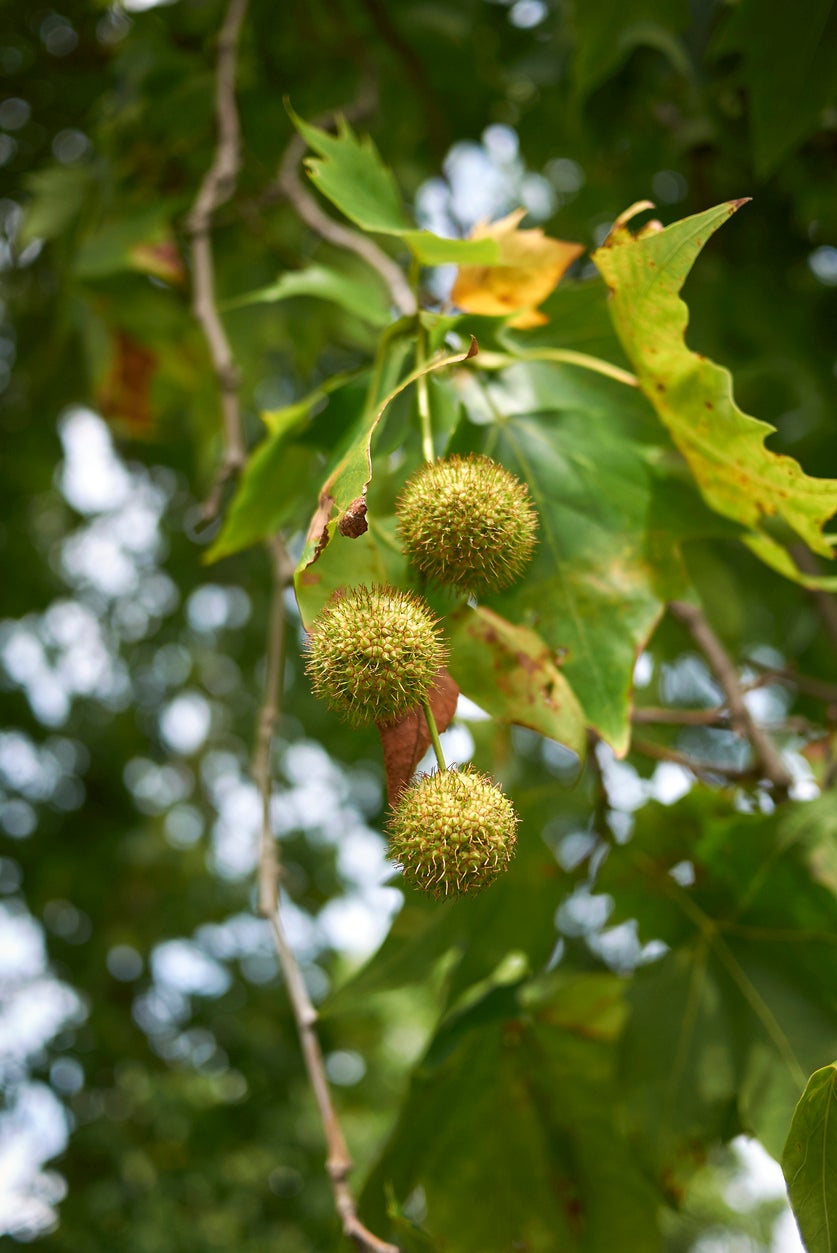 Sowing Seeds Of Plane Trees – Learn How To Plant Plane Tree Seeds
Sowing Seeds Of Plane Trees – Learn How To Plant Plane Tree SeedsPlane trees are tall, elegant, long-lived specimens that have graced urban streets around the world for generations. The trees are easy to propagate by taking cuttings, but if you’re patient, you can try growing plane trees from seed. Click here to learn how to plant plane tree seeds.
By Mary H. Dyer
-
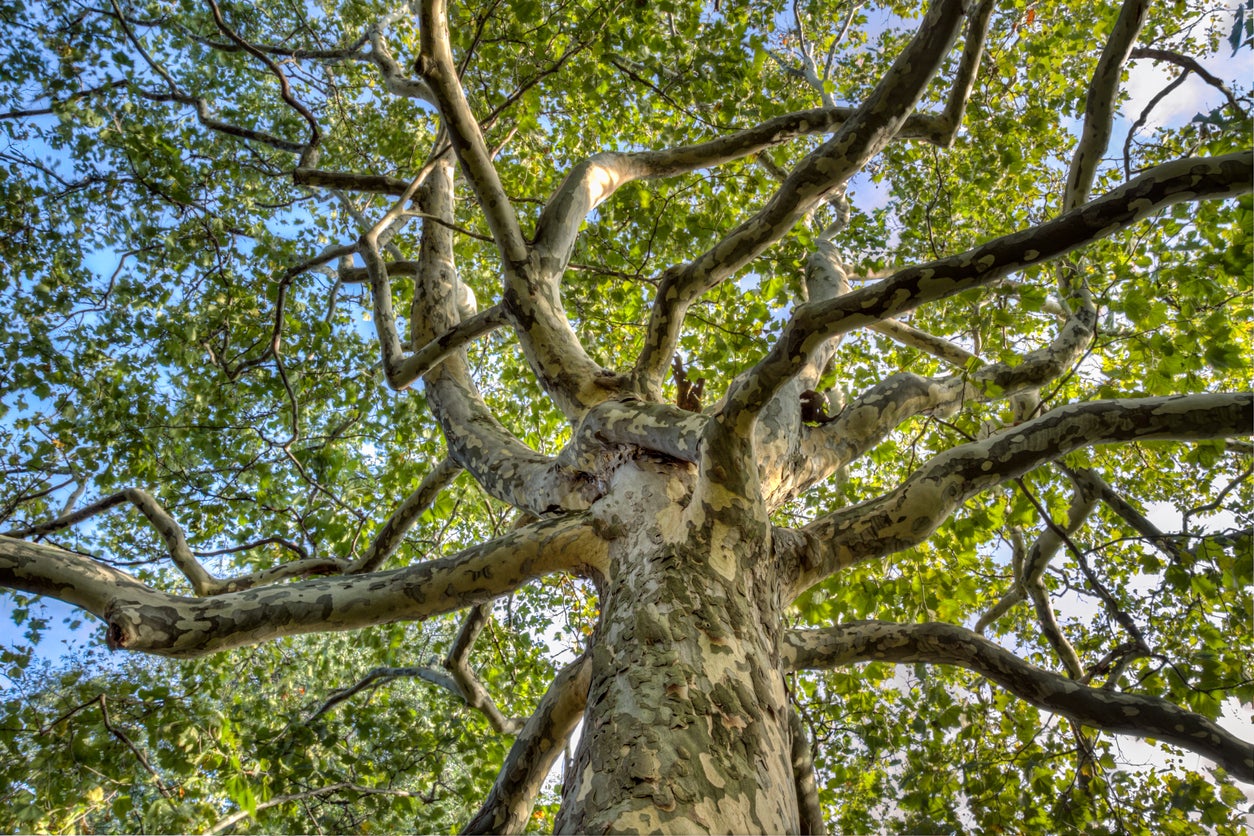 Plane Tree Water Needs – Tips For Watering A London Plane Tree
Plane Tree Water Needs – Tips For Watering A London Plane TreeLondon plane trees have been popular urban specimens for nearly 400 years, and with good reason. They are remarkably hardy and tolerant of a variety of conditions. But how much water does a plane tree need? Click here to learn about watering a London plane tree.
By Amy Grant
-
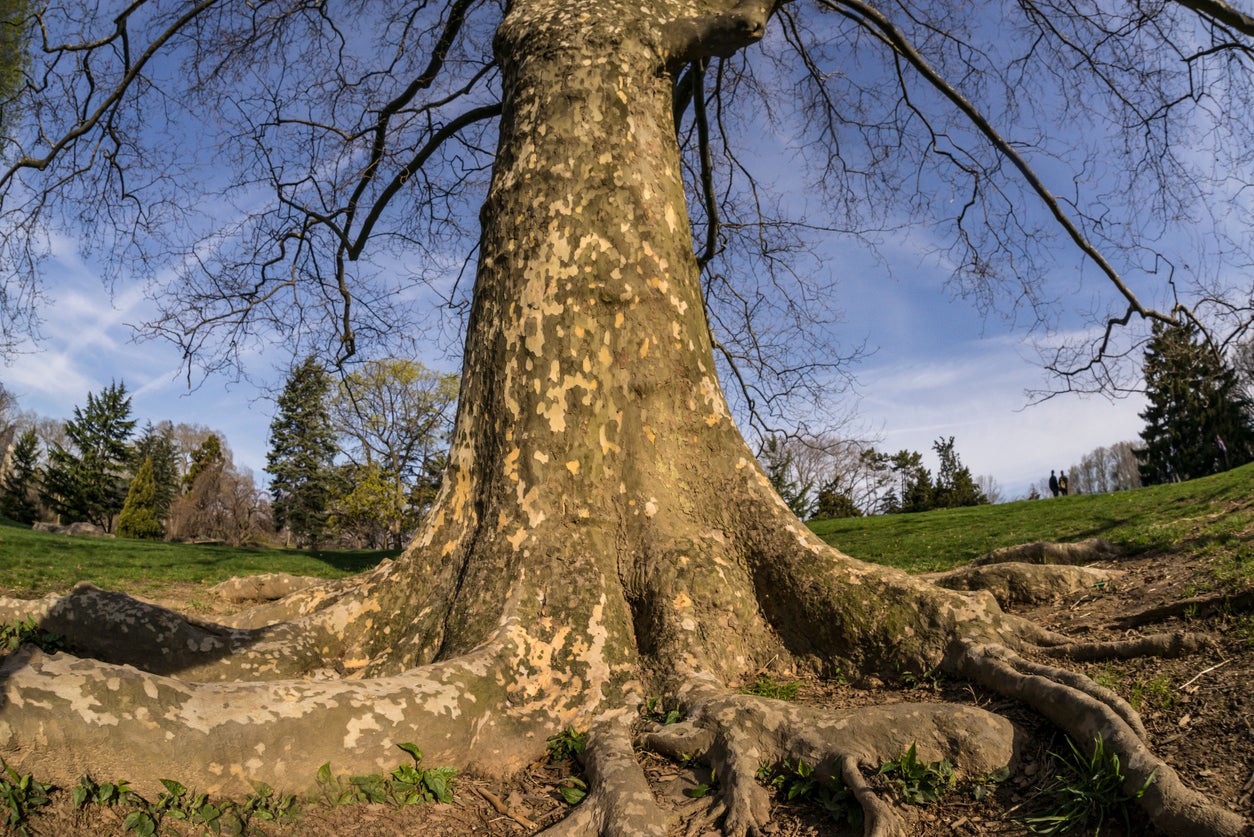 What To Do About Plane Tree Roots – Problems With London Plane Roots
What To Do About Plane Tree Roots – Problems With London Plane RootsLondon plane trees are highly adapted to urban landscapes and as such are common specimens in many of the world’s largest cities. Unfortunately, the love affair with this tree seems to be coming to an end due to problems with plane tree roots. Learn more here.
By Amy Grant
-
 Plane Tree Pollen: Do Plane Trees Cause Allergies
Plane Tree Pollen: Do Plane Trees Cause AllergiesPlane trees are often urban trees, growing in or on the outskirts of cities. Do plane trees cause allergies? Many people say that they have an allergy to London plane trees. For more information on plant tree allergy problems, this article will help.
By Teo Spengler